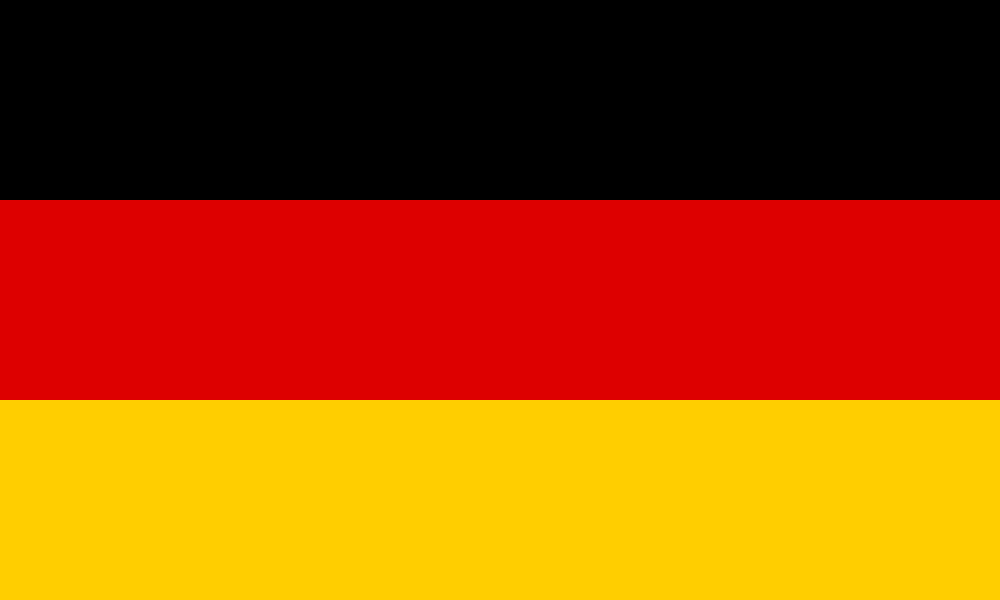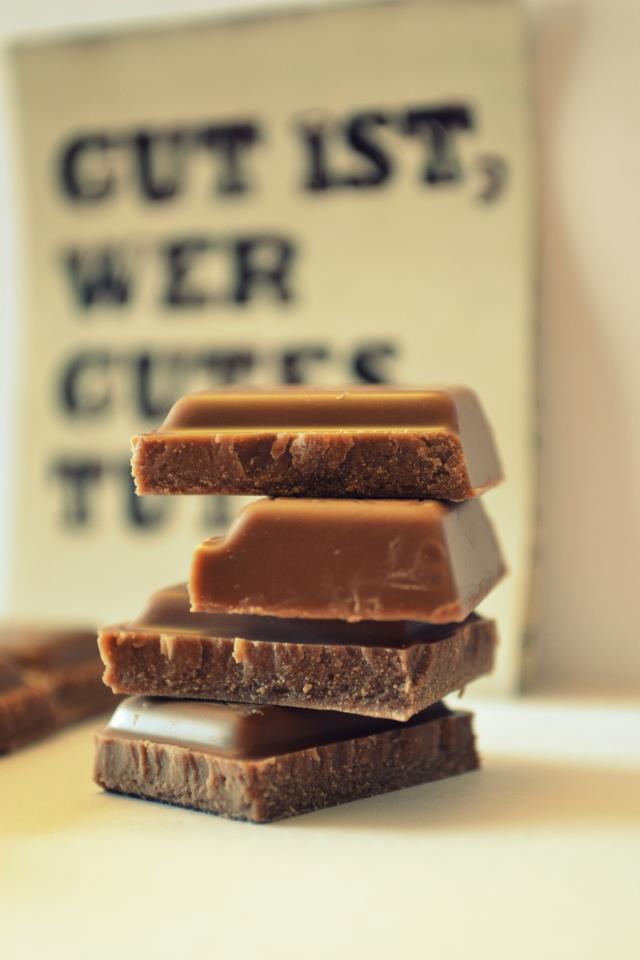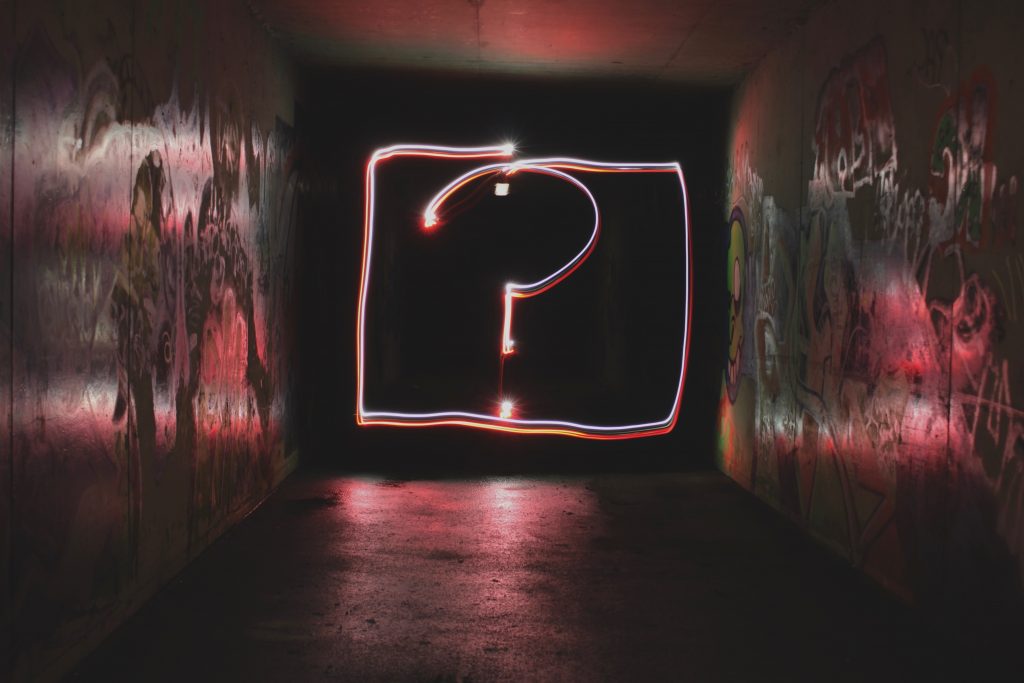Language Listening Lesson – Die Gute Schokolade! Posted by Sten on Feb 22, 2018 in Culture, Language
Back with an LLL – a Language Listening Lesson. A Language Listening Lesson (Triple L) consists of a German text, with translation and audio file to listen to it. That is the idea – you listen to it and with only that information answer the questions.
The text presented today is information from Die Gute Schokolade (The Good Chocolate), a chocolate bar produced by Plant-for-the-Planet, a Swiss initiative that plants trees to trap CO2 and with that combats climate change. They released these chocolate bars as a way to raise more money for the initiative. The following is a breakdown of where the money goes that you pay for the chocolate bar.
There are 8 listening fragments. There is a question for each one. First, the questions are listed in German, and English translations are found in the next section. Then, you can find the answers to the questions. This is followed by the full text in both languages. Let’s begin!
Listening
Questions (in German)

- Was ist gut an der Guten Schokolade?
A. Jedes Stück Schokolade hilft einer guten Sache.
B. Sie ist mit 100% Kakao gemacht.
C. Die Schokolade ist gut für die Umwelt.
2. Was wird über Plant-for-the-Planet gesagt?
A. Felix hatte die Idee, Bäume zu pflanzen als er ein Referat hielt, und so wurde die Initiative gegründet.
B. Kinder, die mitmachen wollen, müssen mindestens 9 Jahre alt sein.
C. Plant-for-the-Planet pflanzt seit 2005 Bäume.
3. Wie schafft Plant-for-the-Planet es, klimaneutral Schokolade zu produzieren?
A. Plant-for-the-Planet finanziert CO2-Speicherung.
B. Durch Aufforstung auf den Kakaoplantagen wird genügend CO2 kompensiert.
C. Die Bäume die in der Initiative gepflanzt werden reichen für eine klimaneutrale Produktion.
4. Wie sorgt Plant-for-the-Planet für fairen Handel?
A. Nur Kakao wird nach Fairtrade-Standards gehandelt.
B. Nur Kakao und Zucker werden nach Fairtrade-Standards gehandelt.
C. Plant-for-the-Planet bezahlt jedem Lieferant das gleiche.
5. Wie verbreitet Plant-for-the-Planet seine Botschaft?
A. Kinder wird was über Klimagerechtigkeit beigebracht.
B. Erfahrene Professoren geben Referate.
C. Auf eigenen Akademien werden verschiedene Kurse angeboten.
6. Was wird mit 17% des Preises der Schokolade gemacht?
A. Mit 17% wird Schokolade zu dir nach Hause verschickt.
B. Mit 17% wird der Geschmack der Schokolade verbessert.
C. Mit 17% werden etwa Steuern und Transport bezahlt.
7. Warum wird nur Milch aus der Schweiz benutzt?
A. Die Milch schmeckt besser, da sie eine bessere Qualität hat.
B. Die Milch ist günstiger als Milch aus anderen Ländern.
C. Die Milch muss weniger weit transportiert werden, was CO2 spart.
Questions (in English)

1. What is good about the Good Chocolate?
A. Each piece of chocolate helps a good cause.
B. It is made with 100% cocoa.
C. The chocolate is good for the environment.
2. What is said about Plant-for-the-Planet?
A. Felix had the idea to plant trees when he held a presentation, and that led to the foundation of the initiative.
B. Children, that want to participate, have to be at least 9 years old.
C. Plant-for-the-Planet plants trees since 2005.
3. How does Plant-for-the-Planet manage to produce climate-neutral chocolate?
A. Plant-for-the-Planet finances CO2-storing.
B. Due to reforestation on the cocoa plantations, enough CO2 is compensated.
C. The trees that the initiative plants suffice for climate-neutral production.
4. How does Plant-for-the-Planet ensure fair trade?
A. Only cocoa is traded according to Fairtrade criteria.
B. Only cocoa and sugar are traded according to Fairtrade criteria.
C. Plant-for-the-Planet pays each supplier the same.
5. How does Plant-for-the-Planet spread its message?
A. Children are taught something about climate justice.
B. Experienced professors give presentations.
C. At its own academies, various courses are offered.
6. What happens with 17% of the price of the chocolate?
A. 17% is used to pay for example taxes and transportation.
B. 17% is used to send the chocolate to your home.
C. 17% is used to enhance the taste of the chocolate.
7. Why is only milk from Switzerland used?
A. The milk tastes better, because it has a better quality.
B. The milk is cheaper than milk from other countries.
C. The milk is transported less far, which saves CO2.
ANSWERS TO THE QUESTIONS
1. A
2. A
3. B
4. B
5. A
6. C
7. C
German Text

100% Die gute Schokolade
Das Gute an der Guten Schokolade? Eigentlich alles! Denn hier ist jedes Stück im wahrsten Sinne des Wortes für etwas gut: für die Umwelt, für die Menschen, für die Zukunft – und natürlich für dich! Wie die Stücke das anstellen, erklären sie dir auf dieser Seite selbst. Lass sie dir schmecken!
20% Für neue Bäume.
Der Gewinn jeder Tafel geht an unsere Kinder- und Jugendinitiative Plant-for-the-Planet. Davon pflanzen wir neue Bäume, die CO2 aufnehmen, den Kohlenstoff im Holz speichern und Sauerstoff abgeben.
Plant-for-the-Planet gibt es seit 2007. Der damals neunjährige Felix hielt ein Referat über die Klimakrise und hatte eine Idee, um dagegen anzukämpfen: Was wäre, wenn Kinder in jedem Land der Erde eine Million Bäume pflanzen würden? Heute ist Plant-for-the-Planet in 193 Ländern aktiv und hat bislang zusammen mit vielen Erwachsenen mehr als 14 Milliarden Bäume gepflanzt.
18% Für klimaneutrale Produktion.
Durch Aufforstungsprojekte auf den Kakaoplantagen wird so viel CO2 kompensiert, dass die komplette Produktion von Herstellung bis Transport klimaneutral ist – zusätzlich zu all den Bäumen, die wir selbst für euch pflanzen.
21% Für fairen Handel.
Kakao und Zucker werden nach Fairtrade- Standards gehandelt. Jeder bekommt einen fairen Preis für die Zutaten, die er liefert.
10% Für unsere Zukunft.
Auf eigenen Akademien bilden wir Kinder uns gegenseitig zu Botschaftern für Klimagerechtigkeit aus und kämpfen so für unsere Zukunft. Ein Teil des Gewinns hilft uns dabei, diese Events ganz allein auf die Beine zu stellen.
17% Für den Weg zu Dir.
Damit die leckere Schokolade für dich im Laden steht, müssen auch Dinge wie Steuern und Logistik
bezahlt werden. Klingt langweilig? Ist es auch! Aber hat da gerade jemand Schokolade gesagt? Mmmh,
lecker Schokolade!
14% Für Milch aus der Region.
Wir verwenden nur Milch von Kühen aus der Schweiz, wo die Schokolade hergestellt wird. Keine unnötigen Transportwege, kein unnötiges CO 2.
English Text (Author’s Translation)

100% The good chocolate
The good thing about the good chocolate? Actually everything! Because here, every piece is literally good for something: For the environment, for the people, for the future – and for you, of course! On this page, the pieces will explain themselves how they do that. Enjoy it!
20% For new trees.
The profit of each bar goes to our children and youth initiative Plant-for-the-Planet. Of that, we plant new trees, that absorb CO2, store the carbon in the wood and release oxygen.
18% For climate-neutral production.
Due to reforestation projects on the cocoa plantations, so much CO2 is compensated, that the entire production from manufacturing to transportation is climate-neutral – in addition to all those trees, that we plant ourselves for you.
21% For fair trade.
Cocoa and sugar are trades according to Fairtrade standards. Everyone gets a fair price for the ingredients that they supply.
10% For our future.
At our own academies, we children educate each other to become advocates for climate justice and fight that way for our future. Part of our profit helps to organize these events completely by ourselves.
17% For the way to you.
In order for the delicious chocolate to be in stores for you, things like taxes and logistics have to be paid as well. Sounds boring? It is! But did somebody just say chocolate? Mmmh, yummy, chocolate!
14% For milk from the region.
We only use milk from cows from Switzerland, where the chocolate is produced. No unnecessary transport roads, no unnecessary CO2.
How many answers did you get right? Was this test easy? Hard? Let me know in the comments below!

Build vocabulary, practice pronunciation, and more with Transparent Language Online. Available anytime, anywhere, on any device.





